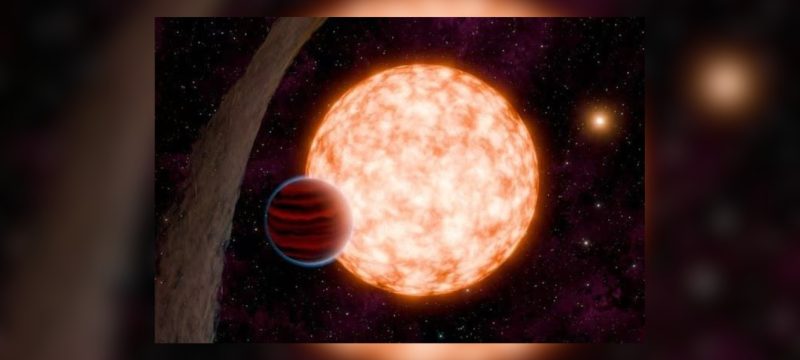Astronomers have discovered a planet forming in just 3 million years—much faster than Earth’s 10-20 million years—challenging existing theories of planetary formation. Named IRAS 04125+2902 b or TIDYE-1b, this exoplanet is among the youngest ever found.
The planet, 10-20 times Earth’s mass, orbits a young star destined to become an orange dwarf, located 520 light-years away in the Milky Way. The discovery, made using NASA’s TESS telescope, utilized the “transit” method, detecting dips in starlight as the planet passed in front.
Also Read: NASA Captures Toxic Black Smog Over Lahore, Delhi Visible from Space
Researchers believe the planet may have formed farther from its star and migrated inward, defying previous notions about the challenges of forming large planets close to stars.
This breakthrough sheds light on the rapid dynamics of protoplanetary disks and raises new questions about how planets form in the early stages of star systems.









